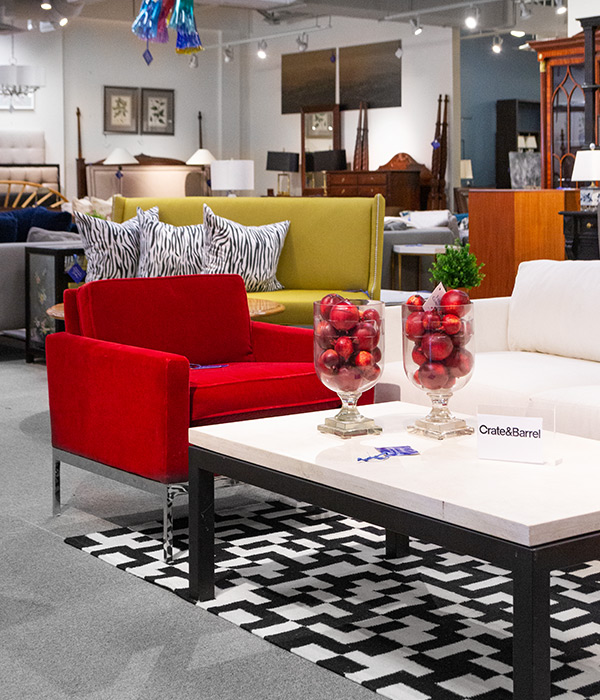
From the corner of my eye, I saw him holding court in our showroom in Hanover, dispensing furniture-buying advice to anyone who would listen. Trouble is, I quickly realized, this pompous self-appointed expert wasn’t just mildly off the mark in his opinions. He was actually flat-out wrong.
“Stay away from that,” he warned one of our shoppers as he swatted dismissively at a gorgeous mahogany dining set. “That’s veneer, and it’s cheap. You definitely want solid woods.”
I was fuming. This was nothing less than blasphemy. The dining set had been made by Henkel Harris, one of the nation’s most respected furniture-makers, known for decades of quality craftsmanship, gleaming finishes and the artful use of veneers. Apparently, this fool didn’t understand the important difference between a veneer and a laminate.
“Whoa!” I hollered from afar as I hustled over to challenge the fellow. “This table is magnificent,” I interjected. “You need to understand the difference between a veneer and a laminate.”
Though wood veneers have been used in fine furniture-making for more than two centuries, there’s a misperception that they are cheap. Veneers are anything but cheap. Veneers are very thin slices of wood that have been pressed and glued to solid wood.
Among other things, veneers are used to create beautiful inlays in fine pieces of furniture. Some of the most striking woods used as veneers are rosewood, satinwood, tulip wood, and ebony. Veneers are also used for artistic and labor-intensive woodworking projects such as marquetry and parquetry.
Veneers are not only decorative but they also may be critically important to the structural integrity of furniture. That’s because veneers expand and contract as temperatures and humidity levels rise and fall within a home; they live and breathe on top of a solid surface so it doesn’t crack.
What the showroom show-off didn’t understand is the difference between veneers and laminates. Laminates are a kind of faux wood surface sometimes used in making cheaper furniture. Those surfaces may look like wood, but they are actually made of paper, plastic or foil. Laminates don’t hold up well over time; a scuff or even ordinary wear-and-tear will rub off the fake wood grain exposing the fakery.
At FCG, we welcome those who appreciate and understand what makes a piece of fine quality furniture. We also enjoy educating interested customers in the art of woodworking. What we don’t want on the showroom floor are imposters. We don’t like faux experts any more than we like faux furniture.

